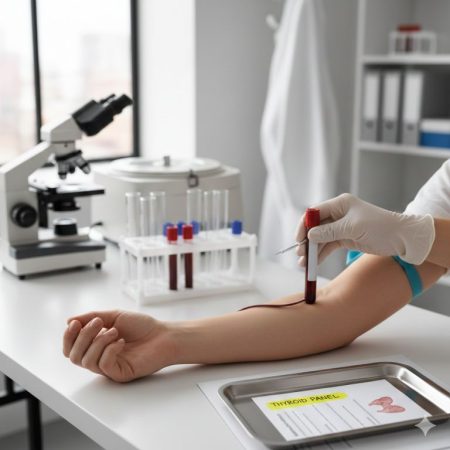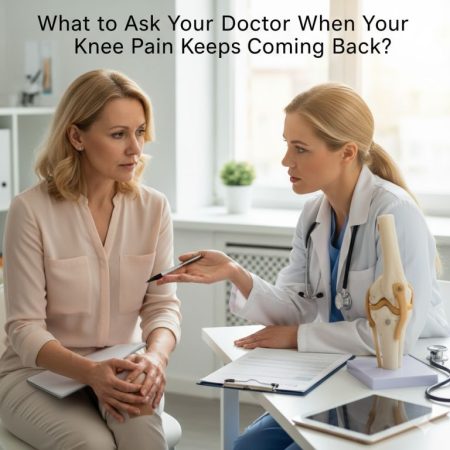Injuries to the knee, hip, and ankle are more common than we think. Whether you’re a seasoned athlete, a weekend warrior, or simply going about your daily routine, these joints take on a lot of pressure every day. They carry your body weight, help you move, balance, and perform tasks you often take for granted — like climbing stairs, bending down, or walking your dog. When one of these joints is injured, it can throw off everything.
These types of injuries can happen in a split second. A bad fall, a wrong step, or even years of wear and tear can lead to pain, stiffness, and swelling. Sometimes, the injury is so severe it affects your ability to work or enjoy daily life. In such cases, people may also explore legal support for joint injuries, especially when the injury occurred due to a slip and fall, a car accident, or a workplace hazard.
Getting medical help is crucial, but in many situations, knowing your rights can be just as important.
Let’s take a closer look at what causes these injuries, how to spot them, and what can be done to treat them.
Common Causes of Joint Injuries
Each joint in your lower body plays a specific role in keeping you mobile. But all of them are vulnerable to injuries from different sources.
Knee Injuries
Knees are the most commonly injured joints. Common causes include sudden twisting motions, direct impact (like in sports or accidents as any personal injury lawyer will tell you), and overuse from repetitive movements. Athletes often suffer from ACL tears, meniscus injuries, or tendon strains.
Hip Injuries
Hip injuries often stem from falls, especially in older adults, or from overuse in active individuals. Conditions like bursitis, labral tears, and hip fractures are some of the common problems people face.
Ankle Injuries
Ankles are highly flexible joints, but that flexibility makes them easy to twist. Ankle sprains happen frequently due to uneven surfaces, missteps, or sudden direction changes. Athletes, hikers, and even busy parents rushing around can end up with a sprained or fractured ankle.
Recognizing the Symptoms
Understanding the early signs of a joint injury can help prevent things from getting worse.
- Pain and tenderness: If your joint hurts when you move it or apply pressure, it could be a sign of injury.
- Swelling or bruising: These are clear indicators that your body is responding to damage.
- Limited range of motion: Difficulty bending, walking, or rotating the joint is a red flag.
- Clicking or popping sounds: Strange sounds during movement may point to cartilage or ligament damage.
- Instability: Feeling like your joint might give out when you move can signal a serious problem.
Don’t ignore these symptoms. What may seem like a minor issue could lead to long-term damage if not treated early.
Treatment Options That Help
Treatment depends on how severe the injury is, but the goal is always the same: reduce pain, restore function, and prevent future injury.
Rest and Ice
For mild injuries, resting the joint and applying ice can reduce inflammation and give your body time to heal.
Physical Therapy
Physical therapy helps build strength and flexibility. It’s especially useful after injuries like ligament tears or fractures. Therapists use specific exercises to target the injured area and help you recover faster.
Medications
Over-the-counter pain relievers can help reduce pain and swelling. In more serious cases, doctors may prescribe stronger anti-inflammatory drugs or even corticosteroid injections.
Surgery
When conservative treatments don’t work, surgery may be necessary. Procedures like arthroscopy, joint repair, or even joint replacement can help restore mobility and reduce chronic pain.
Supportive Devices
Braces, compression wraps, or orthotic inserts can provide additional support during recovery.
Take Care of Your Joints
Injuries to the knee, hip, and ankle can affect your life in unexpected ways. From simple tasks like walking to major lifestyle changes, joint pain shouldn’t be taken lightly. The good news is that most injuries can be treated effectively with the right care and attention. Listen to your body, and don’t push through pain. Seek medical advice when something feels off. And remember, in cases where your injury happened due to someone else’s negligence, even athletes training for events like the Paralympics 2024 must prioritize recovery and proper treatment to stay at their best, getting proper legal support for joint injuries can help you access the compensation and resources you need for recovery.






